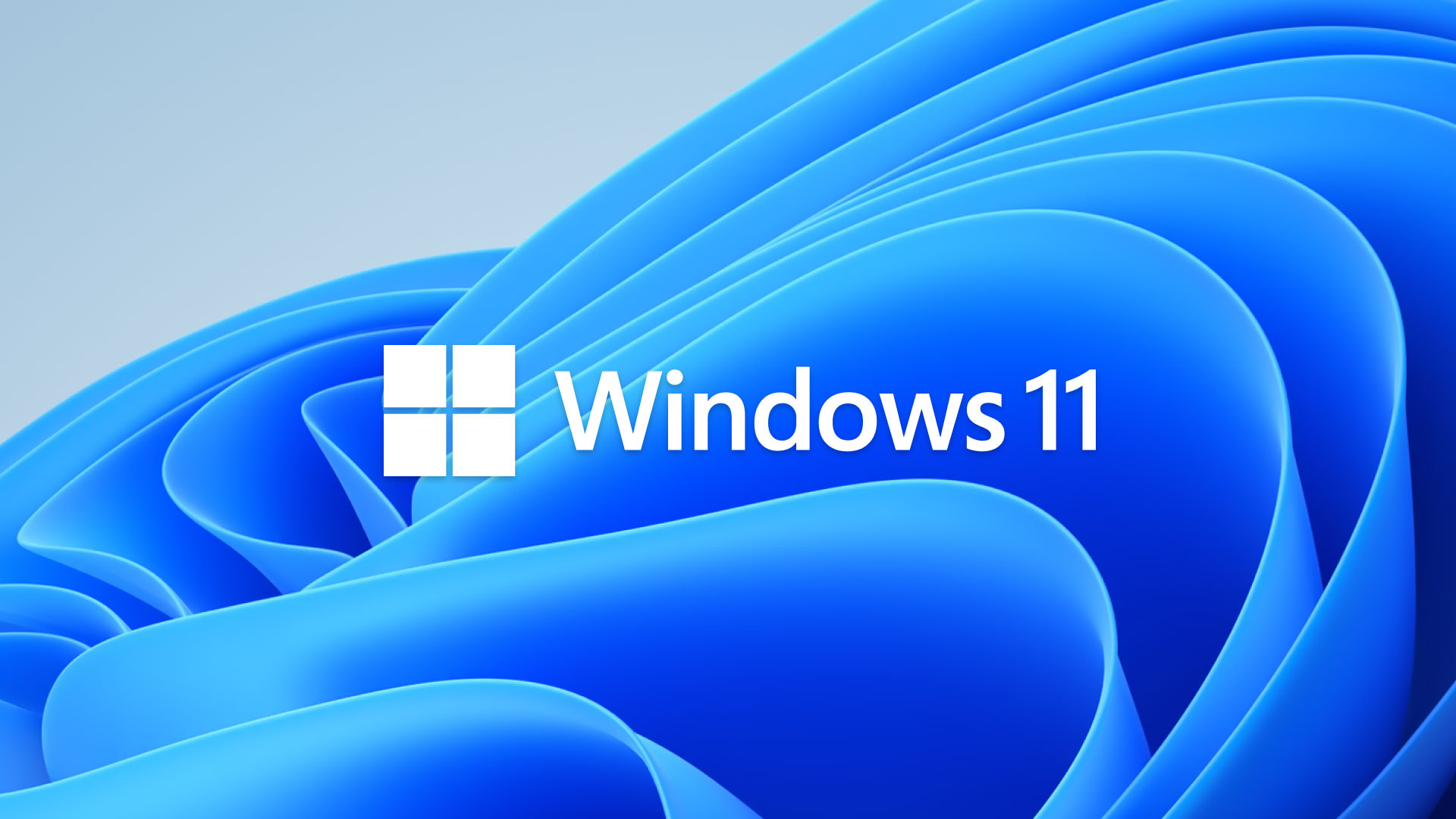Windows updates might finally be getting better — Microsoft to remove legacy drivers from Windows Update to boost security
The new cleanup strategy won't be a one-time deal; it'll be a regular occurrence with more driver types involved in future driver sweeps.

Microsoft is tightening up security for Windows users by removing (potentially vulnerable) legacy drivers from Windows Update. A Microsoft blog post reports that the trillion-dollar giant will be removing legacy and expiring drivers that are "no longer associated with an audience in Windows Update" on a regular basis.
Microsoft's goal is to reduce security and compatibility risks, as well as improve driver quality for Windows users with its new driver cleanup strategy. The first phase of the cleanup will allegedly target legacy drivers that already have newer replacements on Windows Update. Future cleanups will target more categories of drivers that Microsoft "deems fit to be expired from Windows Update."
Expiring drivers are drivers that are no longer being offered to any system. For Microsoft, cleaning up these drivers means removing all of its audience assignments in the Hardware Development Center, preventing Windows Update from offering affected drivers to any devices.
Microsoft will provide a 6-month window for partners to provide any feedback surrounding expired drivers, and whether or not the driver should stay in the Windows Update catalog. If nothing happens, the drivers will be permanently removed for good. However, Microsoft partners will still be allowed to republish expired drivers if needed. (Though Microsoft claims it may require a "business justification" to explain why there was a need to republish an expired driver.)
Furthermore, Microsoft expects partners to review their current driver suite in its Hardware Program and proactively remove their unwanted or legacy drivers. In the future, Microsoft will allegedly prepare new publishing guidelines that will "help all Windows users keep their systems in a secure and reliable state".
Hopefully, this will improve Windows Update's reputation and improve the quality of drivers that are sent to Windows machines. Windows Update often gets accused of providing bad updates and bad drivers. Sometimes, these accusations are legitimate, where a buggy driver gets installed that wrecks the user's computer. Worse, these faulty drivers can reinstall themselves automatically, making them a nightmare to deal with if the user tries to uninstall them manually.
However, it could be a double-edged sword for older devices. Depending on how many driver updates get deprecated, older machines and older devices, say a 10-year-old printer, might lose functionality if there are no 3rd party drivers to rely on. Only time will tell if this becomes a problem.
Get Tom's Hardware's best news and in-depth reviews, straight to your inbox.
Follow Tom's Hardware on Google News to get our up-to-date news, analysis, and reviews in your feeds. Make sure to click the Follow button.

Aaron Klotz is a contributing writer for Tom’s Hardware, covering news related to computer hardware such as CPUs, and graphics cards.
-
bit_user Reply
If they no longer have an audience, then there should be no significant benefit to removing them.The article said:will be removing legacy and expiring drivers that are "no longer associated with an audience in Windows Update" on a regular basis.
So, my sense is that this is about more than just security. I wonder if MS isn't just using that as convenient excuse to push people to upgrade.
As for the clickbait teaser that "Windows updates might finally be getting better", the only thing I've seen improve the stability of Windows Updates is for MS to release a new OS and limit updates of the existing OS to just bugfixes. I swear, when MS launched Win 11, the stability of Win 10 improved massively. I think you could probably find the same pattern in Win 7 and before. -
punkncat Consider that with the drop in support for W10, this significantly downsizes the hardware pool they have to support moving forward. W10 will run on almost anything back to single core Pentium. W11 support is decades "ahead" of that hardware support, so why keep those things around?Reply -
ezst036 This is a pretty shady move.Reply
If Microsoft no longer contains the drivers that's for hardware earlier than Windows 10/7/etc then well, I guess Microsoft doesn't have to support it do they.
It's more of them browbeating their customers to upgrade for self-serving purposes. Click on this advertisement, generate revenue for Microsoft.
Cha ching! -
Mattzun How does Tom's create a headline like "Windows Update might get better" from an article stating the MS is giving up on supporting older hardware.Reply -
jlake3 Reply
I can get streamlining things for Win11, but what I'm curious about is if I set up an older Windows box for some kind of testing or retro gaming, will it be able to automatically fetch drivers for things like chipsets and controllers, as it currently does? Or are they gonna aggressively expire anything that isn't "Certified for Windows 11" from all versions of Windows Update to make staying on Win10 or running Win11 on unsupported hardware more unpleasant, in the hopes it pushes new hardware sales? Some legacy sound chips can be a pain to find drivers for outside of Windows Update, and Realtek seems to operate on the assumption that either device makers buying their products will handle hosting drivers for end users, or Windows Update will be there to do it.punkncat said:Consider that with the drop in support for W10, this significantly downsizes the hardware pool they have to support moving forward. W10 will run on almost anything back to single core Pentium. W11 support is decades "ahead" of that hardware support, so why keep those things around?
The first phase of the cleanup will allegedly target legacy drivers that already have newer replacements on Windows Update
Sounds like phase one is just removing V1 and V2 of drivers in the catalog if a V3 exists, and since my understanding is that Windows Update only offers the most recent version it has, that shouldn't cause widespread issues... But I don't trust Microsoft with future cleanups targeting more categories.
Hopefully, this will improve Windows Update's reputation and improve the quality of drivers that are sent to Windows machines. Windows Update often gets accused of providing bad updates and bad drivers. Sometimes, these accusations are legitimate, where a buggy driver gets installed that wrecks the user's computer. Worse, these faulty drivers can reinstall themselves automatically, making them a nightmare to deal with if the user tries to uninstall them manually.
I don't see this how this would help with that issue. My experience is that it's usually installing an old driver in the catalog over a newer, user-installed driver, and usually on graphics or wifi that are new and under pretty active development. Seems like it sometimes gets confused by not being able to recognize a new version it hasn't seen before is actually new, and assumes the Windows Update driver must be better? With old hardware, things tend to be pretty stable. -
rambo919 Almost as if with windows you should not trust update for drivers and remember to download the latest from the provider website..... and why driverpack or driver archive websites will always be important.Reply -
JeffreyP55 Reply
I eat apples. Yumm! Zero interest in what Apple has to offer. :)punkncat said:In the meantime...Apple.